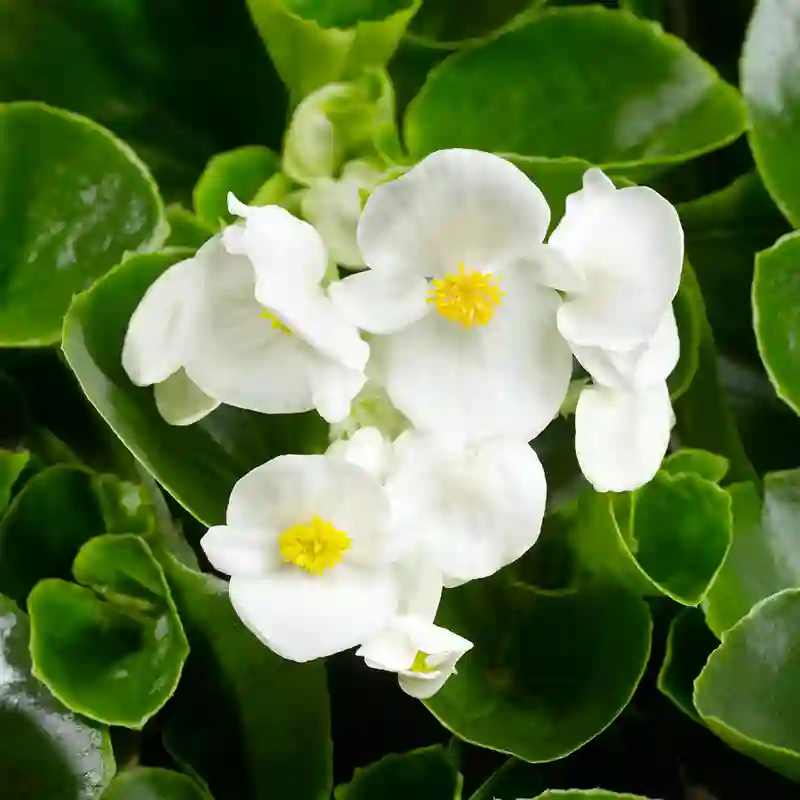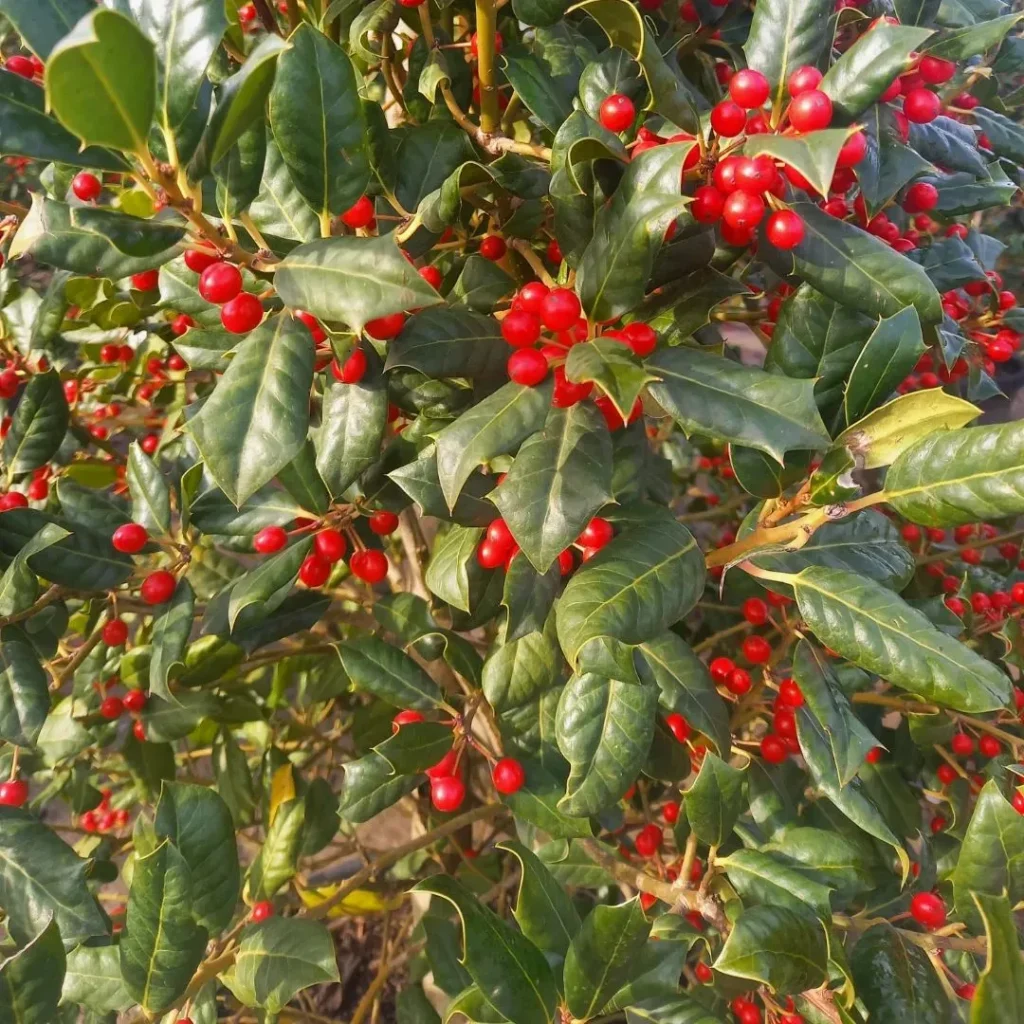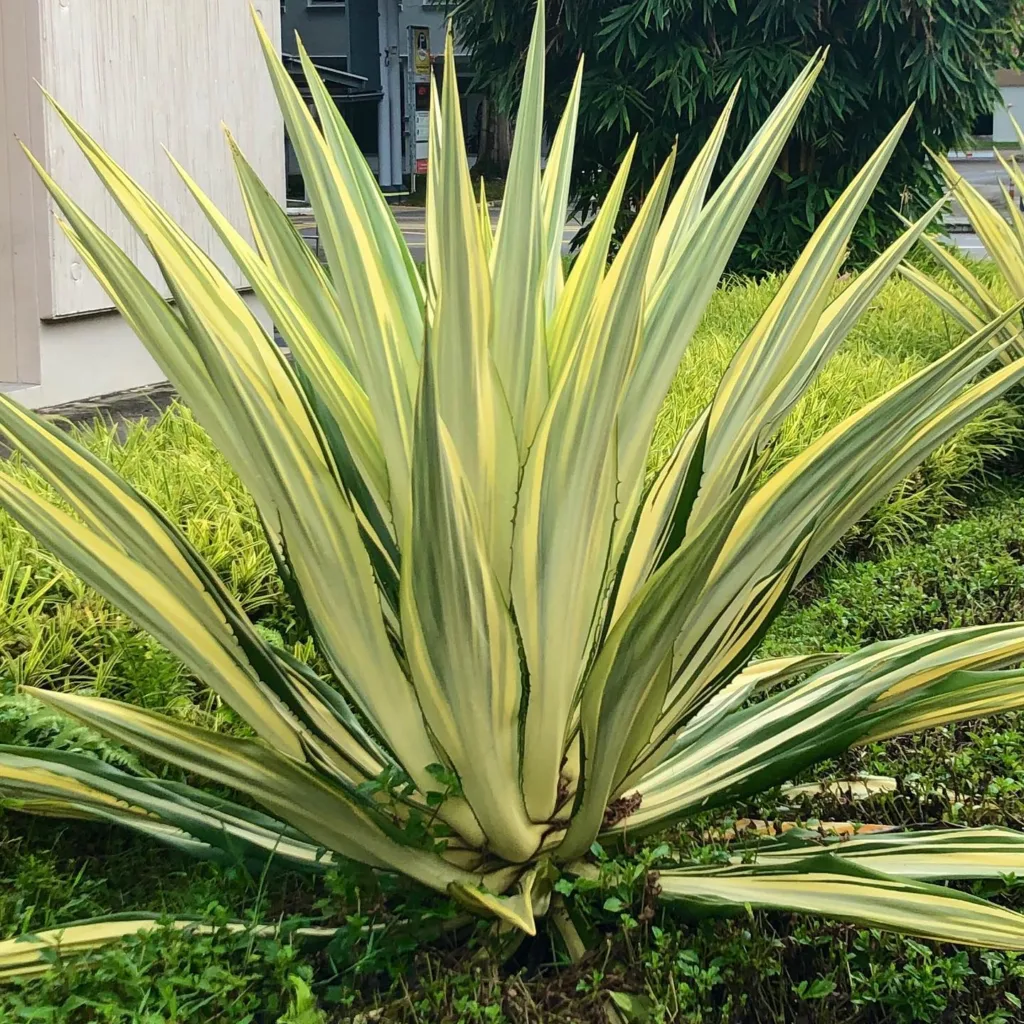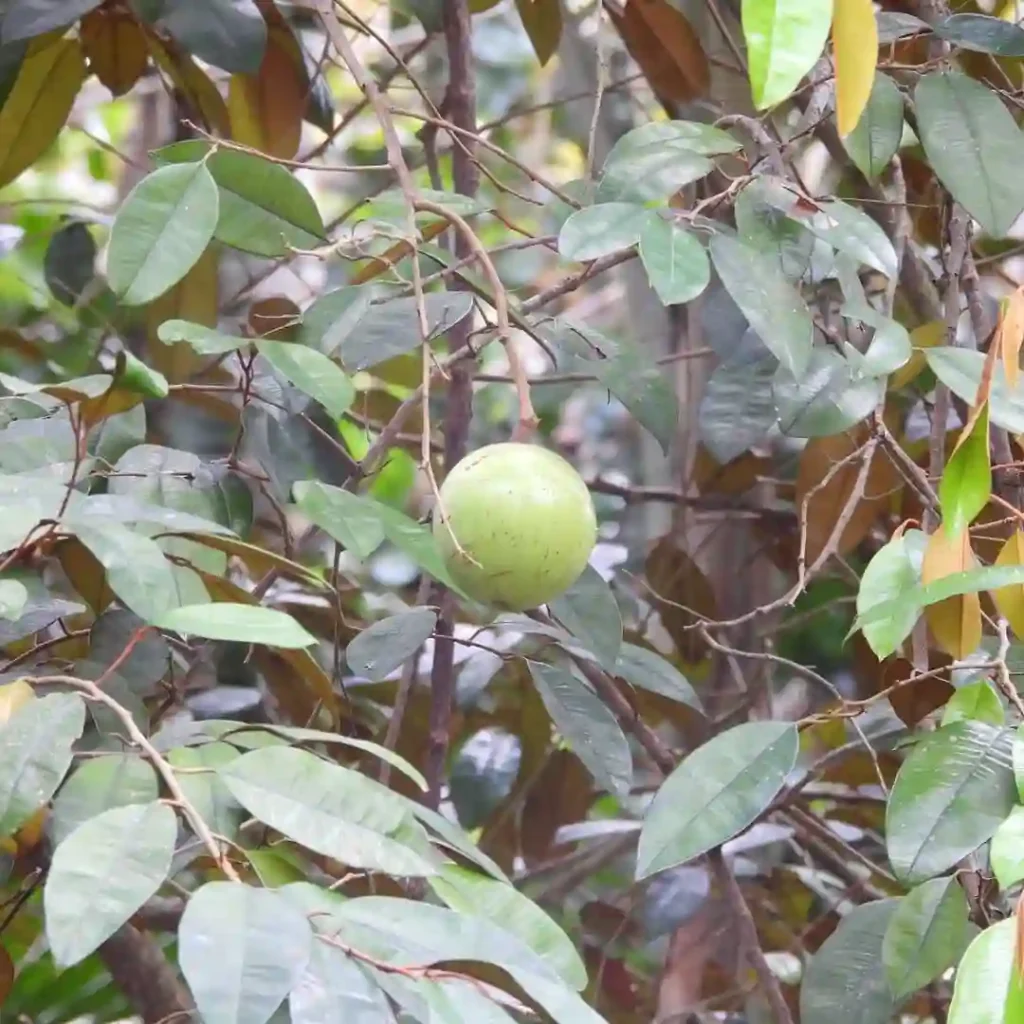FAQs About Abies Lasiocarpa: The Subalpine Fir
When it comes to evergreen trees that add beauty and resilience to your landscape, Abies Lasiocarpa, commonly known as Subalpine Fir, stands out. As a plant enthusiast, I’ve gathered some common questions about this unique species and their answers, providing insights based on my own experiences.
48 Species in Genus Abies
What Is Abies Lasiocarpa?
Abies Lasiocarpa, or Subalpine Fir, is a small to medium-sized coniferous tree native to the mountainous regions of North America. Its dense foliage and attractive appearance make it a popular choice for landscaping and ornamental purposes. The tree typically grows to a height of 30 to 50 feet and has a conical shape with horizontal branches.
Where Is Abies Lasiocarpa Native To?
Abies Lasiocarpa is native to the subalpine and montane regions of western North America. You’ll find it growing in the Rocky Mountains, from southern Canada down through the United States to New Mexico and Arizona. It thrives at high elevations, typically between 5,000 and 11,000 feet, where it endures cold temperatures and snowy conditions.
What Is the Natural Habitat for Abies Lasiocarpa?
In its natural habitat, Abies Lasiocarpa prefers well-drained, sandy or loamy soils and areas with full sun to partial shade. It is commonly found in alpine forests, where it plays a vital role in the ecosystem by providing shelter and food for various wildlife species. The tree is adapted to cold climates and can withstand harsh winters, making it ideal for high-altitude environments.
How to Care for Abies Lasiocarpa?
Caring for Abies Lasiocarpa involves a few key considerations to ensure its health and longevity:
- Soil: Plant Subalpine Fir in well-drained soil. It prefers slightly acidic to neutral pH.
- Watering: While it is drought-tolerant once established, regular watering during dry spells helps maintain its vigor.
- Light: Full sun to partial shade is ideal. It can handle a range of light conditions but will thrive best with ample sunlight.
- Pruning: Minimal pruning is needed, but you can remove dead or damaged branches to maintain its shape and health.
How to Propagate Abies Lasiocarpa?
Propagation of Abies Lasiocarpa can be done through seeds or cuttings. Seed propagation involves collecting seeds from mature cones and sowing them in a cold frame or greenhouse. For cuttings, take semi-hardwood cuttings in late summer, dip them in rooting hormone, and plant them in a well-draining medium. Both methods require patience and careful attention to growing conditions.
What to Plant with Abies Lasiocarpa?
When planting Abies Lasiocarpa, consider companion plants that complement its growth and aesthetic. Plants that thrive in similar conditions include:
- Pachysandra Terminalis: Provides ground cover and contrasts well with the fir’s texture.
- Rhododendrons: Offer a splash of color with their blooms and can thrive in similar soil conditions.
- Hostas: Their broad leaves provide a lush backdrop and thrive in shaded areas under the fir.
Can You Grow Abies Lasiocarpa Indoors?
Growing Abies Lasiocarpa indoors is challenging due to its size and specific environmental needs. This tree prefers outdoor conditions and requires space to grow. If you’re looking for an indoor evergreen, consider smaller species or dwarf varieties better suited to indoor environments.
Is Abies Lasiocarpa Toxic?
Abies Lasiocarpa is not considered toxic to humans or pets. Its needles and cones are generally safe, although ingestion of large amounts could cause mild gastrointestinal discomfort.
Benefits of Abies Lasiocarpa
The Subalpine Fir offers several benefits:
- Aesthetic Appeal: Its dense, dark green foliage and conical shape add visual interest to landscapes.
- Wildlife Habitat: Provides shelter and food for birds and small mammals.
- Erosion Control: Its root system helps stabilize soil, making it beneficial for erosion control on slopes.
Common Problems with Abies Lasiocarpa
Common issues with Abies Lasiocarpa include:
- Pests: Watch for aphids and spruce budworms, which can damage foliage.
- Diseases: Fungal diseases such as root rot can affect the tree, especially if the soil is poorly drained.
Compare Abies Lasiocarpa with Similar Trees
If you’re considering alternatives, compare Abies Lasiocarpa with other coniferous trees:
- Abies Balsamea (Balsam Fir): Similar in appearance but generally grows in lower elevations.
- Picea Engelmannii (Engelmann Spruce): Offers a similar high-altitude habitat but has a different needle texture.
In conclusion, Abies Lasiocarpa is a resilient and attractive evergreen that adds value to any landscape, particularly in high-altitude and colder climates. By understanding its needs and benefits, you can make an informed decision about incorporating this beautiful tree into your outdoor space.
If i die, water my plants!



